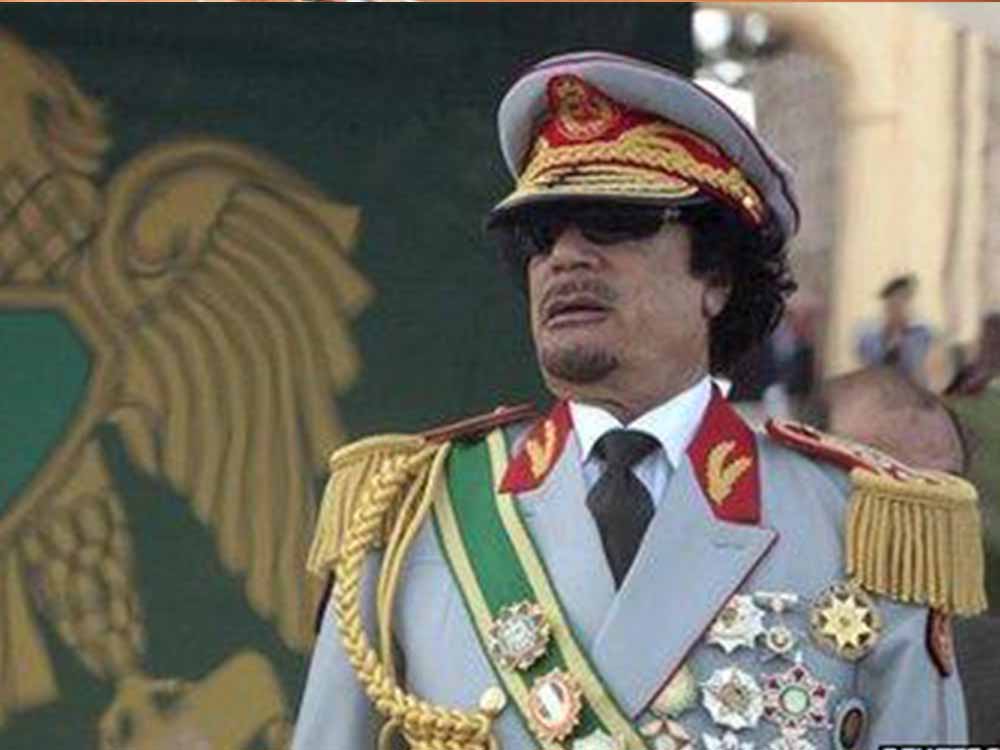Muammar Gaddafi in 2011: The Rise and Fall of a Controversial Leader
In 2011, Muammar Gaddafi, the long-standing leader of Libya, found himself at the center of a tumultuous and historic series of events. This was a year marked by significant political upheavals in the Arab world, commonly referred to as the Arab Spring, and Gaddafi’s regime faced unprecedented challenges. In this exploration, we will delve into the political climate in Libya, the uprising against Gaddafi, international intervention, and the ultimate demise of the controversial leader.
Gaddafi’s Regime and Political Context
Muammar Gaddafi, who came to power in 1969 through a coup d’état, maintained a stronghold on Libya for over four decades. His rule was characterized by a blend of eccentricity, authoritarianism, and the assertion of his self-proclaimed ideology, known as the Third International Theory. Gaddafi’s regime faced criticism for human rights abuses, suppression of political dissent, and erratic foreign policy.
As the Arab Spring swept across the region in 2011, sparking pro-democracy movements and uprisings, Libya became a focal point. Inspired by the events in Tunisia and Egypt, Libyan protesters took to the streets, demanding political reform, an end to Gaddafi’s rule, and the establishment of a more democratic government.
Uprising and Civil War
The uprising in Libya quickly escalated into a full-scale civil war as opposition forces, comprised of defected military personnel, civilians, and tribal groups, sought to topple Gaddafi’s regime. Cities like Benghazi became strongholds for anti-Gaddafi forces, and clashes between loyalist troops and rebels intensified.
Gaddafi responded to the protests and rebellion with brutal force. His military engaged in widespread crackdowns, and reports of human rights abuses, including the use of mercenaries, emerged. The situation in Libya rapidly evolved into a complex and volatile conflict, with both sides vying for control.
International Intervention and NATO’s Involvement
Amidst the escalating violence and humanitarian concerns, the international community grappled with the question of intervention. In March 2011, the United Nations Security Council authorized the use of force to protect civilians in Libya, leading to a NATO-led military intervention. The coalition aimed to enforce a no-fly zone, protect civilians, and support the opposition forces.
NATO’s involvement played a pivotal role in shaping the trajectory of the conflict. The coalition conducted airstrikes on Gaddafi’s military infrastructure, providing air support to the rebels. The intervention, however, also stirred debates about the ethics and efficacy of foreign military involvement in internal conflicts.
Gaddafi’s Demise and Aftermath
The turning point in Gaddafi’s fate came in October 2011 when he was captured by opposition forces near his hometown of Sirte. In an extraordinary and controversial sequence of events, Gaddafi was found hiding in a drainage pipe, captured, and subsequently killed. The circumstances surrounding his death raised questions about the treatment of prisoners of war and the ethical conduct of the conflict.
Gaddafi’s demise marked the end of an era in Libyan politics. However, the power vacuum left by his absence contributed to subsequent challenges, including political instability, the proliferation of armed groups, and struggles for control over the country’s resources. Libya entered a period of uncertainty as various factions vied for influence, and efforts to establish a stable and unified government faced significant obstacles.
In conclusion, Muammar Gaddafi’s role in the political landscape of 2011 encapsulates the complexities of the Arab Spring and the challenges faced by leaders in the midst of popular uprisings. The events in Libya, from the initial protests to the civil war and international intervention, showcased the interplay of domestic discontent, authoritarian responses, and external involvement. Gaddafi’s ultimate demise and the aftermath of his rule underscored the difficulties of political transitions and the enduring consequences of such pivotal moments in history.











